This is your morning Open Thread. Pour your favorite beverage and review the past and comment on the future.
Find the past “On This Day in History” here.
Click on images to enlarge
May 11 is the 131st day of the year (132nd in leap years) in the Gregorian calendar. There are 234 days remaining until the end of the year.

On this day in 1934, a massive storm sends millions of tons of topsoil flying from across the parched Great Plains region of the United States as far east as New York, Boston and Atlanta.
At the time the Great Plains were settled in the mid-1800s, the land was covered by prairie grass, which held moisture in the earth and kept most of the soil from blowing away even during dry spells. By the early 20th century, however, farmers had plowed under much of the grass to create fields. The U.S. entry into World War I in 1917 caused a great need for wheat, and farms began to push their fields to the limit, plowing under more and more grassland with the newly invented tractor. The plowing continued after the war, when the introduction of even more powerful gasoline tractors sped up the process. During the 1920s, wheat production increased by 300 percent, causing a glut in the market by 1931.

The Dust Bowl, or the Dirty Thirties, was a period of severe dust storms causing major ecological and agricultural damage to American and Canadian prairie lands from 1930 to 1936 (in some areas until 1940). The phenomenon was caused by severe drought coupled with decades of extensive farming without crop rotation, fallow fields, cover crops or other techniques to prevent erosion. Deep plowing of the virgin topsoil of the Great Plains had displaced the natural deep-rooted grasses that normally kept the soil in place and trapped moisture even during periods of drought and high winds.
During the drought of the 1930s, without natural anchors to keep the soil in place, it dried, turned to dust, and blew away eastward and southward in large dark clouds. At times the clouds blackened the sky reaching all the way to East Coast cities such as New York and Washington, D.C. Much of the soil ended up deposited in the Atlantic Ocean, carried by prevailing winds, which were in part created by the dry and bare soil conditions. These immense dust storms-given names such as “Black Blizzards” and “Black Rollers”-often reduced visibility to a few feet (around a meter). The Dust Bowl affected 100,000,000 acres (400,000 km2), centered on the panhandles of Texas and Oklahoma, and adjacent parts of New Mexico, Colorado, and Kansas.
Millions of acres of farmland became useless, and hundreds of thousands of people were forced to leave their homes; many of these families (often known as “Okies”, since so many came from Oklahoma) migrated to California and other states, where they found economic conditions little better during the Great Depression than those they had left. Owning no land, many became migrant workers who traveled from farm to farm to pick fruit and other crops at starvation wages. Author John Steinbeck [ later wrote The Grapes of Wrath, which won the Pulitzer Prize, and Of Mice and Men, about such people.



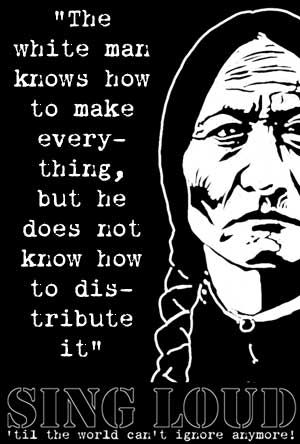 On this day in 1973,
On this day in 1973, 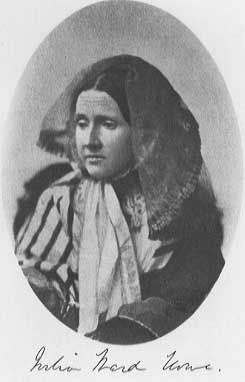
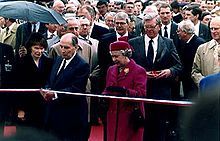


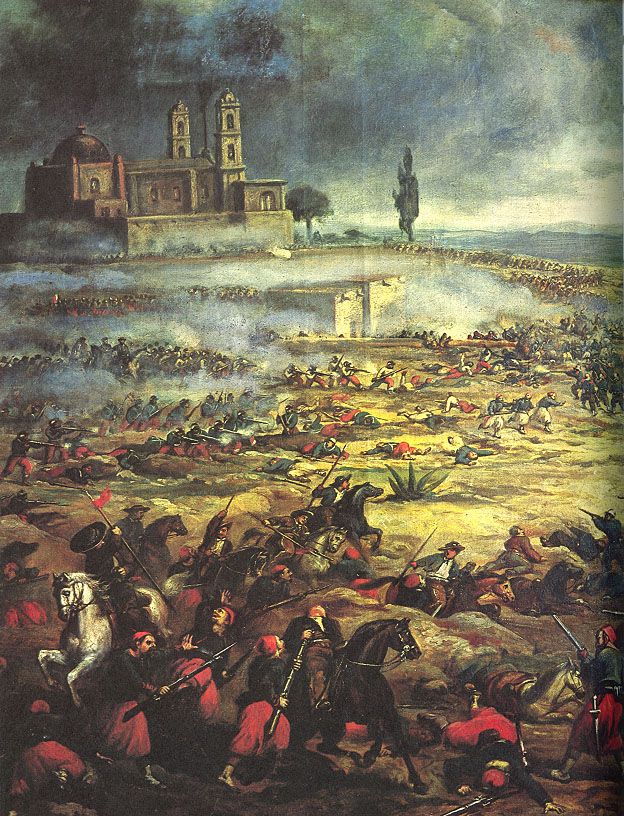
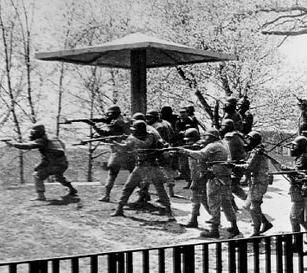 On this day in 1970,
On this day in 1970,
Recent Comments